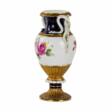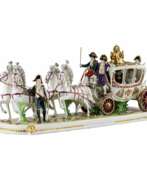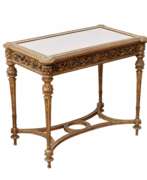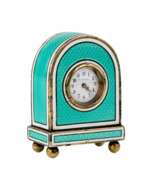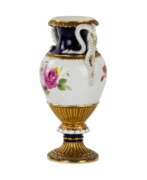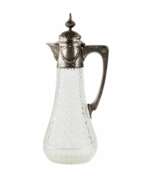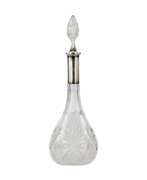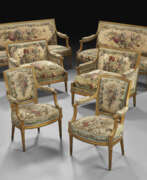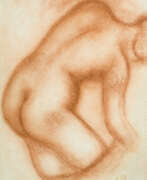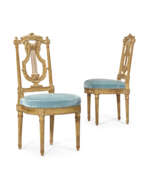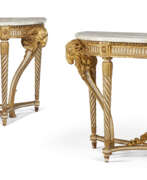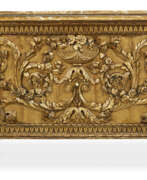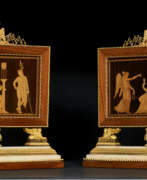Neoclassicism
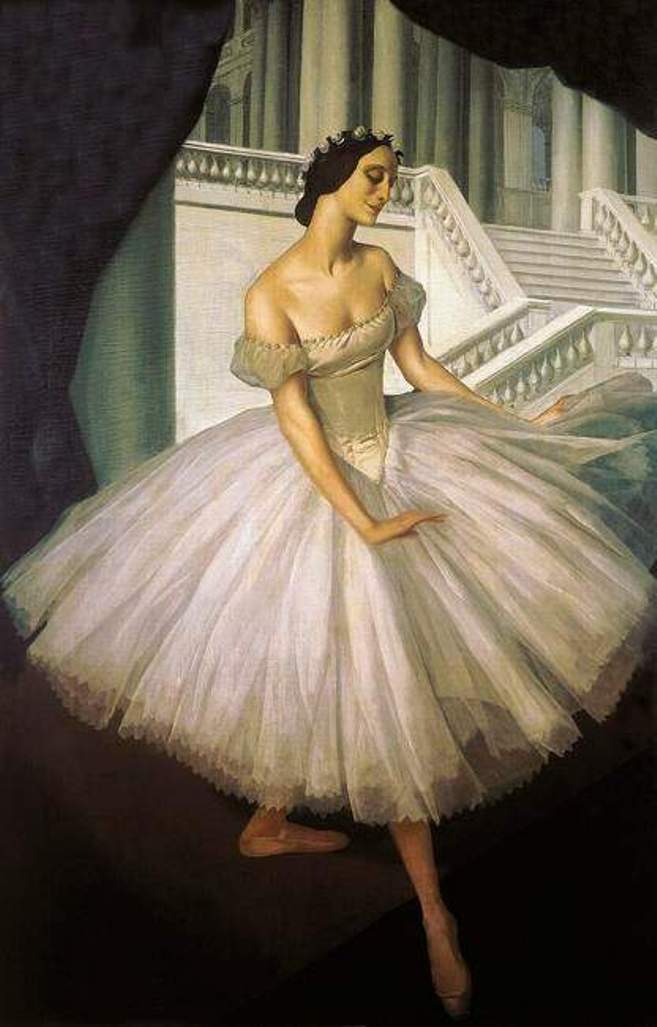
Neoclassicism
The Neoclassicism emerged as a significant movement in art, reflecting a revival of interest in classical art and the culture of ancient Greece and Rome. This movement was a reaction to the Rococo style, which dominated European art since the 1720s. Neoclassicism in painting initially did not differ from Rococo and other styles that preceded it, in part because of the lack of prototypes of classical painting. Early neoclassical painters such as Joseph-Marie Vienne, Anton Raphael Mengs, Pompeo Batoni, Angelique Kauffmann, and Gavin Hamilton were influenced by previous stylistic movements, but their work still showed a penchant for classical themes.
The main features of Neoclassicism are simplicity, rationality, and an emphasis on classical themes depicting subjects from mythology, history, and literature. This movement valued geometric forms, noble and virtuous subjects, and reflected Enlightenment values of reason and logic. It was a response to the emotional and subjective style of Romanticism, focusing on the principles of restraint and objectivity.
The influence of the movement spread not only to painting, but also to architecture and sculpture. In architecture, the Beaux-Arts style, as seen in buildings such as the Palais Garnier in Paris, incorporated neoclassical elements. By the late nineteenth and early twentieth centuries, however, neoclassicism began to give way to eclecticism and other styles, although its influence persisted in some major public projects, such as the National Gallery of Art in Washington, DC.
For collectors, auctioneers, art and antiques experts, Neoclassicism represents a period of rich artistic production that revitalized classical aesthetics and principles. Its emphasis on order, clarity and rational beauty continues to inspire and influence contemporary artistic endeavors.
To stay up to date on new sales and auction events related to Neoclassicism, subscribe to our updates. This subscription will keep you up to date on the latest developments in this fascinating unadorned artistic style.
| Country: | Europe, Russia |
|---|---|
| Start of the period: | XVIII century |
| End of the period: | XX century |
